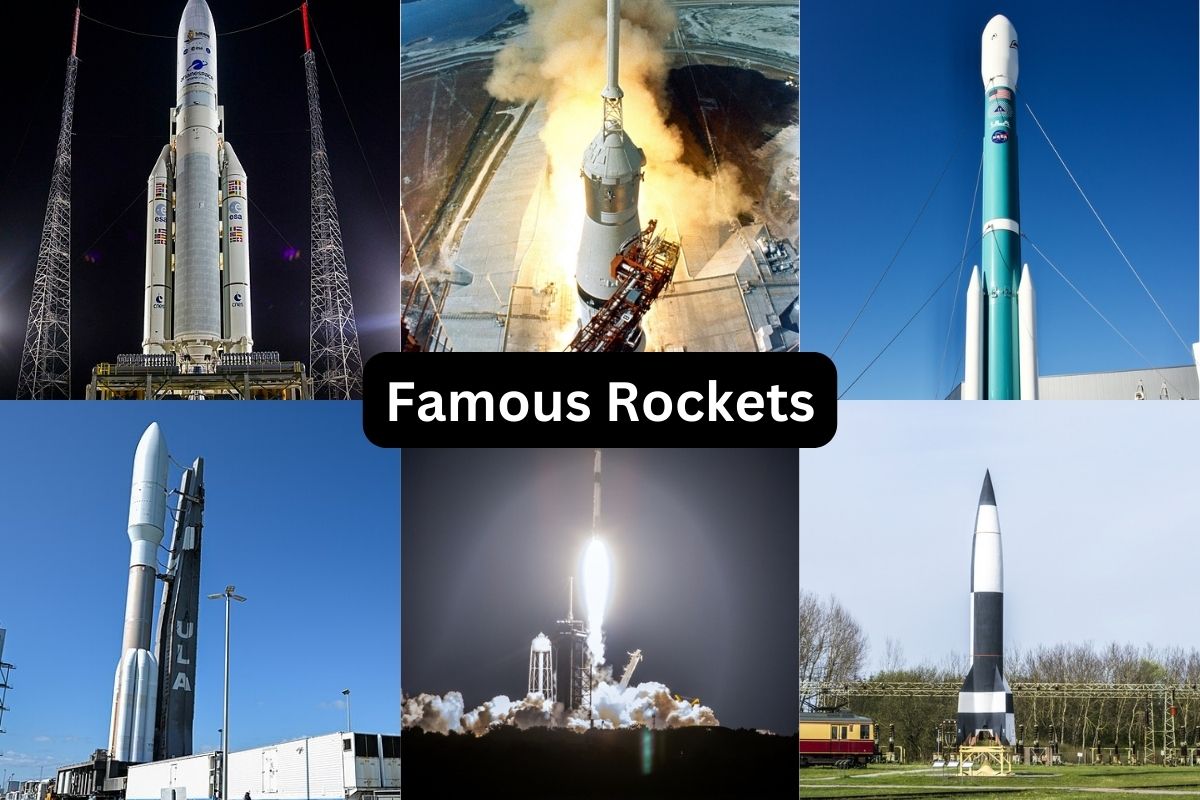In the world of space exploration, rockets have played a pivotal role in propelling humanity into the cosmos.
From the early days of rocketry with the V-2 in World War II to the modern era of commercial space travel with rockets like the Falcon 9, these incredible machines have shaped our understanding of the universe and opened up new frontiers.
In this article, we delve into the history and significance of some of the most famous rockets that have left an indelible mark on space exploration, satellite deployment, and human spaceflight.
Famous Rockets
1. V-2 Rocket
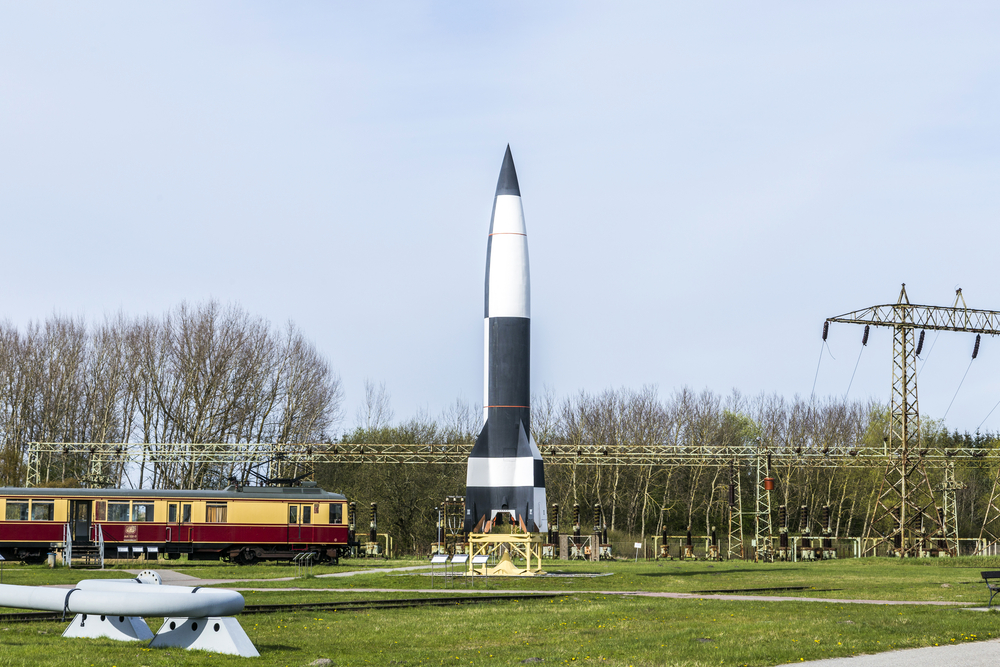
Developed by Nazi Germany during World War II. Designed by Wernher von Braun, it was the world’s first long-range guided ballistic missile. First successful V-2 launch took place in 1944.
It had a maximum speed of approximately 5,760 kilometers per hour (3,580 miles per hour) and could reach altitudes of up to 176 kilometers (109 miles).
Also Read: Famous Satellites
The V-2 was used as a weapon during the war, targeting cities in Europe, particularly London.
After World War II, many German rocket scientists, including Wernher von Braun, were brought to the United States as part of Operation Paperclip and played a crucial role in the development of the U.S. space program.
2. Saturn V
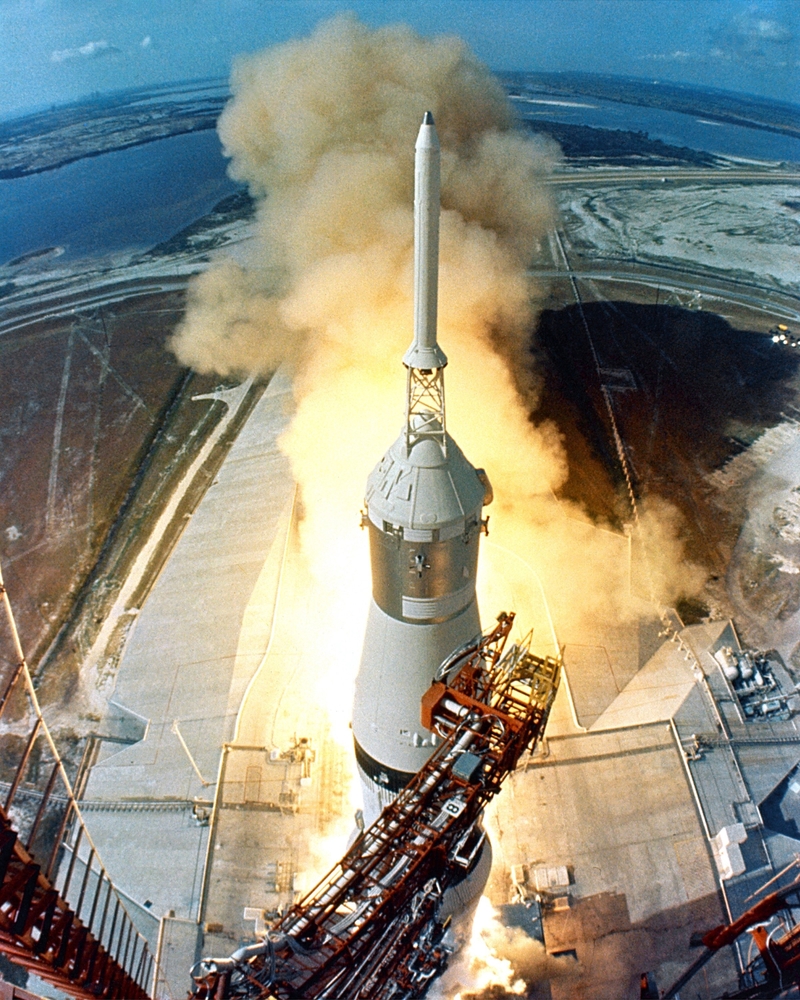
Developed by NASA (National Aeronautics and Space Administration) for the Apollo program. It is the most powerful rocket ever built, standing at 111 meters (363 feet) tall.
First used in 1967, the Saturn V had multiple successful launches, with its most famous mission being Apollo 11 in 1969 when it carried astronauts Neil Armstrong, Buzz Aldrin, and Michael Collins to the Moon.
The Saturn V consisted of three stages, with the third stage responsible for the trans-lunar injection and lunar orbit insertion.
It was retired after the Apollo program but remains an iconic symbol of human space exploration.
3. Space Shuttle
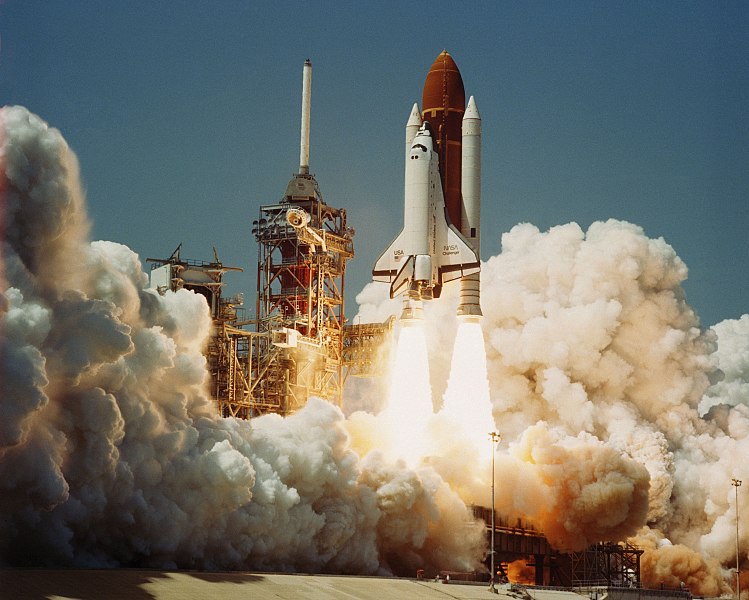
NASA’s Space Shuttle program was operational from 1981 to 2011. It featured a reusable orbiter, solid rocket boosters, and an external fuel tank. The first Space Shuttle, named Columbia, made its maiden flight in 1981.
The program included orbiters such as Discovery, Atlantis, Endeavour, and Challenger (before its tragic disaster in 1986) among others.
Also Read: Timeline of the Space Race
The Space Shuttle was used for a wide range of missions, including satellite deployment, scientific research, and the construction of the International Space Station (ISS).
It was known for its ability to transport astronauts and payloads to low Earth orbit and return them safely to Earth, making it a significant advancement in human spaceflight technology.
4. Falcon 9
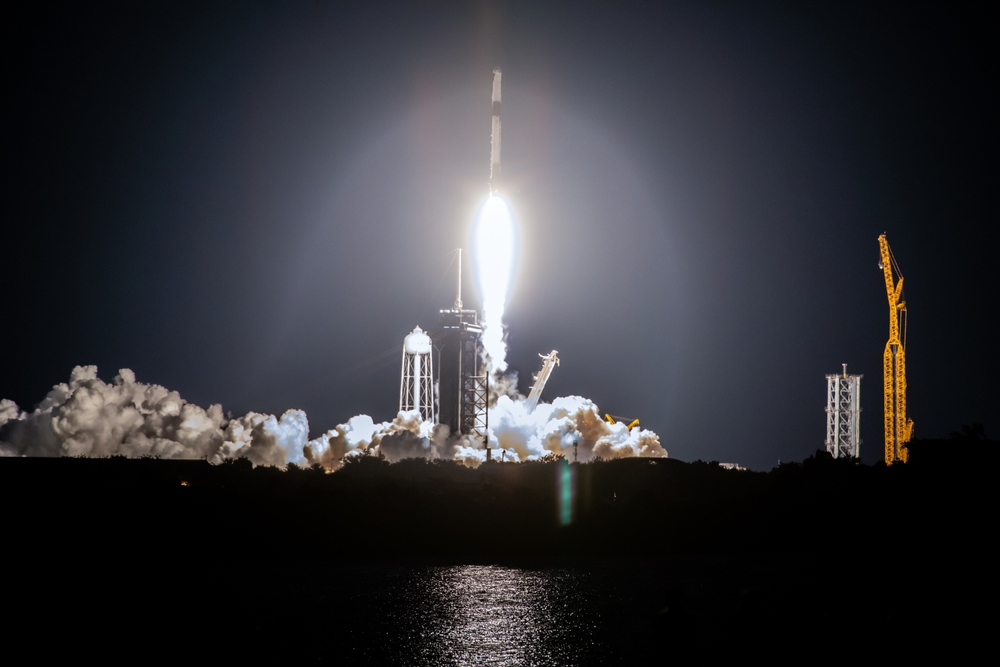
Developed by SpaceX (Space Exploration Technologies Corp.), the Falcon 9 is a partially reusable rocket that has had a profound impact on the commercial space industry.
It made its maiden flight in 2010 and has since become one of the most frequently used rockets in the world.
The Falcon 9’s re-usability is a game-changer, significantly reducing the cost of launching payloads into space. SpaceX has successfully recovered and reused the rocket’s first stage numerous times.
It has been used for a variety of missions, including launching satellites, cargo resupply missions to the International Space Station (ISS), and crewed missions to the ISS as part of NASA’s Commercial Crew Program.
The Falcon 9 has played a crucial role in advancing the commercial space sector and increasing access to space.
5. Soyuz
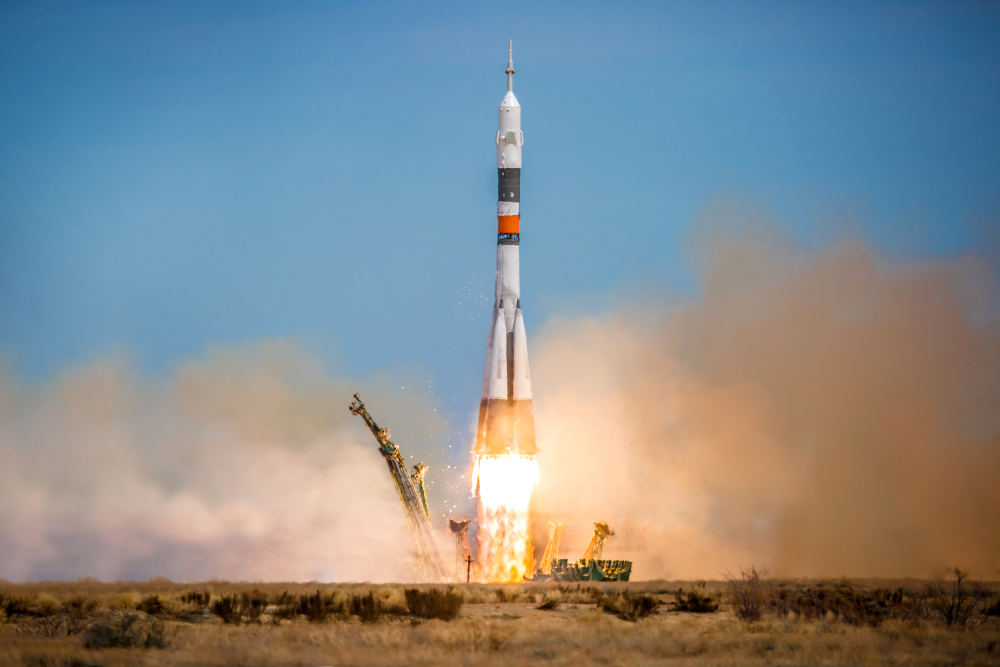
The Soyuz rocket family, developed by the Soviet Union and later continued by Russia, has been a workhorse for human spaceflight since the 1960s.
The first Soyuz flight took place in 1966, and it has since been used for a wide range of missions, including crewed missions to the ISS and launching satellites.
The Soyuz spacecraft, which is launched atop the Soyuz rocket, has been the primary means of transporting astronauts and cosmonauts to and from space for decades.
Its reliability and versatility have made it a staple in the international space community, and it continues to be used for human spaceflight missions.
6. Delta II
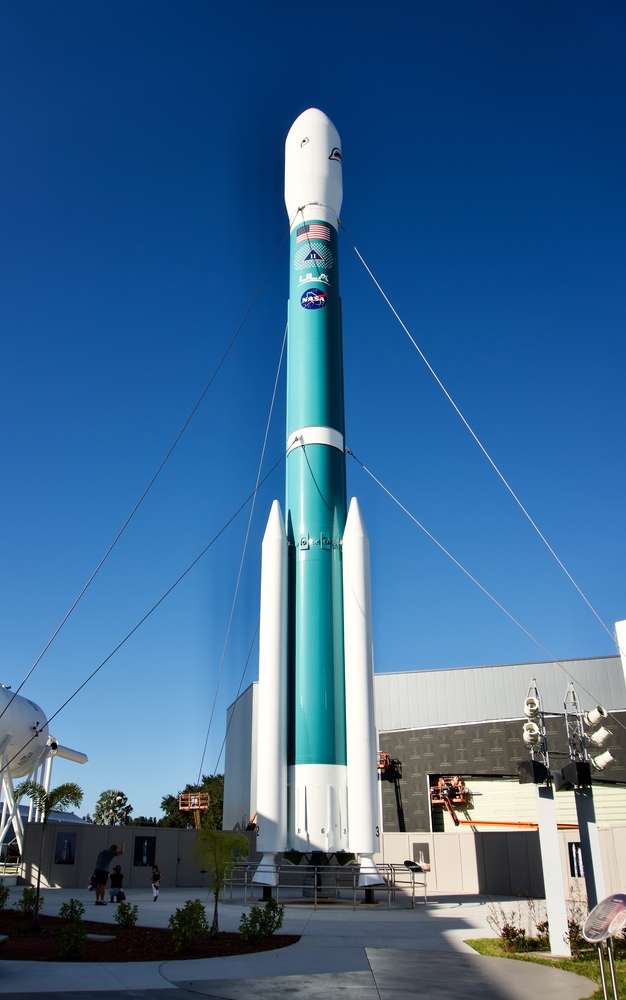
The Delta II rocket was developed by the United Launch Alliance (ULA) and became known for its reliability and versatility in launching satellites and interplanetary missions.
It made its first flight in 1989 and remained operational until its retirement in 2018.
The Delta II was used for a wide range of missions, including launching GPS satellites, Earth observation satellites, and planetary exploration missions for NASA.
One of its most famous missions was the launch of the Mars rovers, Spirit and Opportunity, in 2003, which played a crucial role in advancing our understanding of the Red Planet.
The Delta II’s long history of successful launches established it as a trusted choice for a variety of space missions.
7. Ariane 5
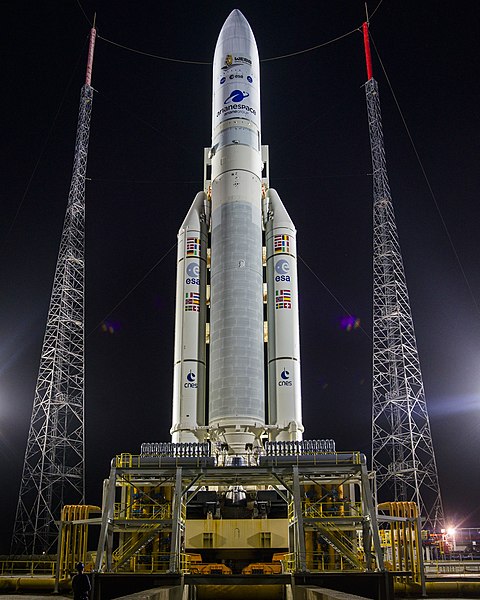
The Ariane 5 rocket is a heavy-lift launch vehicle developed by the European Space Agency (ESA) and operated by Arianespace.
It made its maiden flight in 1996 and has since become a prominent player in the global commercial launch market.
Ariane 5 is known for its reliability in launching large payloads into geostationary orbit, where many communication and weather satellites operate.
The rocket has been instrumental in the deployment of a wide range of commercial and scientific payloads, making it a key asset for Europe’s space endeavors.
8. H-IIA
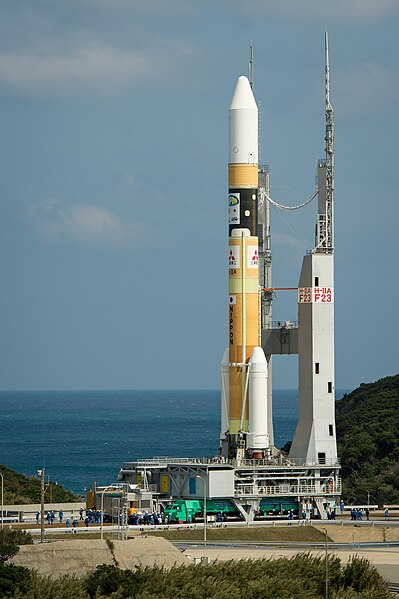
The H-IIA rocket is a launch vehicle developed by the Japan Aerospace Exploration Agency (JAXA).
It was first launched in 2001 and has been used for a variety of missions, including satellite deployment and interplanetary exploration.
H-IIA has played a crucial role in Japan’s space program, contributing to the nation’s presence in space and participation in international space missions.
It is known for its reliability and has been used for launching scientific missions, Earth observation satellites, and resupply missions to the ISS.
9. Long March 2F

The Long March 2F is a Chinese launch vehicle used for human spaceflight missions.
It made its debut in 1999 and has been employed for transporting Chinese astronauts (taikonauts) to space stations such as Tiangong-1 and Tiangong-2.
Long March 2F has played a crucial role in China’s efforts to establish and operate its own space station, contributing to the nation’s growing presence in human spaceflight.
10. Atlas V

Developed by the United Launch Alliance (ULA), the Atlas V is a reliable and versatile launch vehicle.
It made its first flight in 2002 and has been used for launching a wide range of missions, including satellites, interplanetary probes, and national security payloads.
The Atlas V is known for its adaptability, with various configurations and payload fairings available to suit different mission requirements.
It has played a significant role in supporting both civil and military space missions in the United States and around the world.
